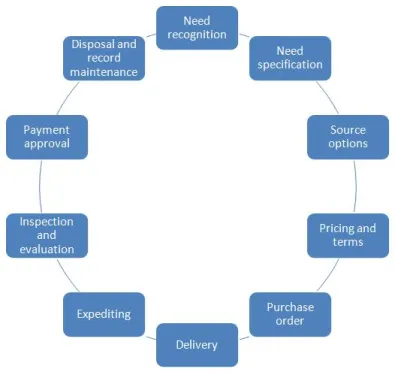Enhancing Collaboration Through Smarter Document Approval Workflows
- donnariekepro
- Jul 8, 2024
- 2 min read
In today's dynamic business environment, efficient collaboration is crucial for maximizing productivity and achieving business goals. One area where collaboration plays a pivotal role is in document approval workflows. By leveraging smarter workflows, organizations can streamline processes, reduce bottlenecks, and improve overall efficiency. Here’s how you can enhance collaboration through smarter document approval workflows:
Introduction
Document approval workflows are essential for ensuring that documents pass through the necessary checkpoints before final approval. However, traditional workflows often suffer from inefficiencies, delays, and lack of visibility, hindering collaboration among team members.
Importance of Smarter Document Approval Workflows
Smarter document approval workflows go beyond basic approvals. They incorporate automation, real-time notifications, and collaborative features that enhance communication and streamline the approval process. This not only saves time but also improves accuracy and ensures compliance with organizational standards.
Key Benefits of Smarter Workflows
Improved Transparency and Visibility: Smarter workflows provide real-time visibility into the status of document approvals. Team members can track progress, identify bottlenecks, and take necessary actions promptly. This transparency fosters trust and accountability among team members.
Enhanced Efficiency and Productivity: Automation reduces manual tasks, such as chasing approvals via emails or meetings. Automated reminders and notifications keep stakeholders informed, ensuring that approvals move swiftly through the workflow. This efficiency allows teams to focus on higher-value tasks.
Reduced Errors and Revisions: Clear approval paths and automated routing minimize errors and reduce the need for document revisions. By standardizing processes, smarter workflows ensure that documents are reviewed and approved according to predefined rules and criteria.
Facilitated Collaboration Across Teams: Collaboration tools integrated into workflows enable seamless communication and feedback exchange. Team members can annotate documents, leave comments, and collaborate in real-time, regardless of their physical location.
Implementing Smarter Document Approval Workflows
To implement smarter document approval workflows effectively, consider the following steps:
Assess Current Processes: Identify pain points and inefficiencies in existing approval workflows.
Define Workflow Requirements: Clearly outline workflow steps, approval criteria, and stakeholders involved.
Choose the Right Tools: Select workflow automation software that meets your organization’s needs, such as integration capabilities, security features, and scalability.
Customize and Test: Customize workflows to fit specific document types and business requirements. Test workflows with pilot groups to ensure functionality and user-friendliness.
Overcoming Challenges
Despite the benefits, implementing smarter workflows may face challenges such as resistance to change, integration issues with existing systems, and ensuring data security. Addressing these challenges proactively with proper training, change management strategies, and robust IT support can smooth the transition.
Conclusion
Smarter document approval workflows are instrumental in enhancing collaboration across teams, improving efficiency, and achieving operational excellence. By leveraging automation, transparency, and collaboration tools, organizations can streamline document approvals, reduce turnaround times, and empower teams to work more cohesively towards shared objectives. SITES WE SUPPORT
SOCIAL LINKS




Comments